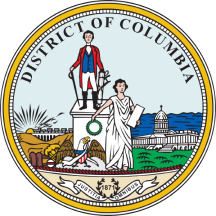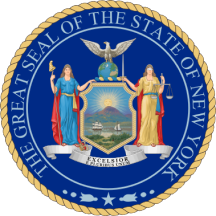In Alaska, President Vladimir Putin walked on a red carpet, shook hands and exchanged smiles with his American counterpart. Donald Trump ended the summit praising their relationship and Russia as a superpower, even after admitting they didn't reach a deal on ending the war in Ukraine.
By Saturday morning Moscow time, Trump appeared to have abandoned the idea of a ceasefire -– something he and Ukraine had pushed for months -– in favor of pursuing a full-fledged “Peace Agreement" to end the war, echoing a long-held Kremlin position.
The “severe consequences” he threatened against Moscow for continuing hostilities were nowhere in sight. On Ukraine's battlefields, Russian troops slowly grinded on, with time on their side.
Putin’s visit to Alaska was his first visit to the United States in 10 years, and his first visit to a Western country since he invaded Ukraine in Feb. 2022, plunging Moscow’s relations with the West to the lowest point since the Cold War. A flurry of crippling sanctions followed, as well as efforts to shun Russia om the global stage.
In a major blow to his global standing, the International Criminal Court in 2023 issued an arrest warrant against Putin on accusations of war crimes, casting a shadow on his foreign trips and contacts with other world leaders.
Trump’s administration this year appeared to upend all that, especially with the Alaska summit, where the U.S. president warmly greeted Putin on a red carpet as U.S. warplanes flew over their heads as the world was watching.
Russian officials and Kremlin-backed media on Saturday revelled in the images, pointing out “pomp-filled reception” and “utmost respect” that Putin got in Alaska, “burying” the idea of Russia being isolated on the global stage.
Trump in recent months has pushed for a ceasefire, something Ukraine and European allies have supported and insisted on as a pre-requisite for any peace talks.
But the Kremlin pushed back, arguing that it is not interested in a temporary truce – only in a long-term peace agreement. Russia’s demands for peace, in the meantime, have remained a non-starter for Kyiv: Moscow wants it to cede four regions Russia occupies and Crimea, illegally annexed in 2014, renounce its bid to join NATO and reduce its army.
In Moscow, a popular pro-Kremlin tabloid Komsomolskaya Pravda described it as a “huge diplomatic victory” for Putin, whose forces will now have time to make more territorial gains in Ukraine.
Ahead of the summit, Trump threatened Russia with “severe consequences” if Moscow doesn’t stop the fighting, and additional sanctions targeting Russian oil exports in the form of secondary tariffs imposed on countries buying Russian oil.
But whether those sanctions would now materialize remains unclear – Trump didn’t mention them after the talks in Alaska, which took place a week after a deadline he gave the Kremlin to stop the war or face sanctions.
Trump said in Alaska that “there’s no deal until there’s a deal,” after Putin claimed the two leaders had hammered out an “understanding” on Ukraine and warned Europe not to “torpedo the nascent progress.”
During an interview with Fox News Channel before returning to Washington, Trump insisted the onus going forward might be on Zelenskyy “to get it done,” but said there would also be some involvement from European nations.
Zelenskyy will travel to Washington on Monday to meet with Trump. Both mentioned the possibility of a trilateral summit with Putin, but Putin’s aide Yuri Ushakov on Saturday said it wasn’t discussed in Alaska.
The Kremlin has long rejected the idea of meeting with Zelenskyy, saying it is possible only when Moscow and Kyiv hammer out a peace agreement for the two leaders to sign.

 Associated Press US and World News Video
Associated Press US and World News Video
 America News
America News Newsweek Top
Newsweek Top Associated Press Top News
Associated Press Top News Local News in D.C.
Local News in D.C. Local News in New York
Local News in New York Reuters US Business
Reuters US Business Raw Story
Raw Story CNN
CNN